Posted on: 7/26/2024

When you find yourself stranded on the side of the road with a vehicle problem, driving to a nearby repair shop or calling for a tow can be tough. Both options have their advantages and drawbacks, and choosing the right one can save you time, money, and further damage to your vehicle. We will explore the key factors to consider when deciding whether to drive or tow your car, providing you with the information you need to make an informed decision. Understanding the Severity of the Problem The first step in deciding whether to drive or call for a tow is to understand the severity of the problem. Minor issues, such as a flat tire or a dead battery, can often be addressed on the spot with a spare tire or jump start. However, more serious problems, such as engine failure, transmission issues, or severe brake problems, require professional attention. Driving with a significan ... read more
Posted on: 6/28/2024

In today's fast-paced world, car maintenance often takes a back seat until something goes wrong. But what if there was a way to keep tabs on your vehicle's health without frequent trips to the repair shop? Actually, there is a way - digital vehicle inspection (DVI) – that is a modern solution to an age-old problem. This revolutionary approach to car maintenance is changing how we care for our vehicles, making the process more transparent, efficient, and user-friendly. But what exactly is a digital vehicle inspection, and how does it work? The Digital Vehicle Inspection At its core, a digital vehicle inspection is an advanced form of a traditional car check-up, utilizing cutting-edge technology to provide a detailed overview of a vehicle's condition. Unlike conventional inspections that rely on handwritten notes and verbal explanations, DVIs offer a more comprehensive and visually engaging way to understand your car's needs. Through the us ... read more
Posted on: 5/28/2024

Are you driving through challenging terrain or navigating slippery roads – wouldn't it be reassuring to know your vehicle can easily handle it? That's where all-wheel drive (AWD) comes into play. But how exactly does it work, and what sets it apart from other drivetrain systems? Let's look into the inner workings of AWD, demystifying its mechanics and exploring its benefits for drivers. Understanding AWD Basics At its core, all-wheel drive is a drivetrain system that distributes power to all four wheels of a vehicle, providing enhanced traction and stability in various driving conditions. Unlike two-wheel drive systems, which typically power either the front or rear wheels, AWD systems continuously monitor road conditions and adjust power distribution accordingly to maximize grip and control. Mechanics of AWD AWD systems utilize a combination of mechanical, hydraulic, and electronic components to distribute power effectively. In m ... read more
Posted on: 4/27/2024
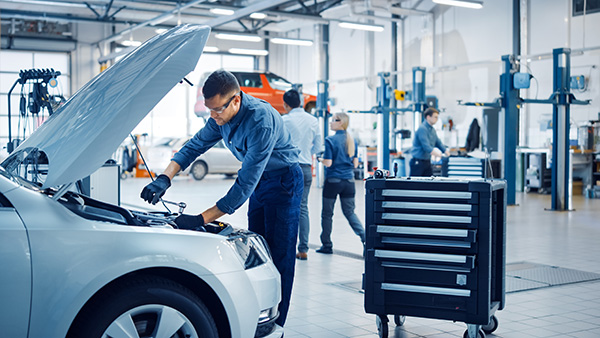
As the snow melts and the temperatures rise, Colorado bursts into vibrant life, beckoning adventurers to explore its breathtaking landscapes. Whether you're planning a scenic drive through the mountains or embarking on an outdoor adventure, ensuring your car is ready for the journey is the key. 1. Check Your Tires Before heading out on your Colorado spring escapade: Take a moment to inspect your tires. Ensure they are properly inflated and have adequate tread depth to provide optimal traction on both dry roads and lingering patches of snow or ice. Consider switching to all-weather or summer tires for improved performance in warmer conditions or all-terrain tires if you plan to go on the offroad trails. Remember to inspect your spare tire as well. 2. Test Your Brakes As you navigate Colorado's winding mountain roads and steep inclines, reliable brakes are crucial for your safety and that of others on the road. Before setting out, test you ... read more
Posted on: 3/31/2024
.jpeg)
When it comes to maintaining your car's braking system, choosing the right brake fluid is essential. With various types of brake fluids available on the market, it can be challenging to determine which one is best suited for your vehicle. Types of Brake Fluids DOT 3 Brake Fluid DOT 3 brake fluid is one of the most commonly used types and is typically glycol-based. It has a lower boiling point compared to other types, making it suitable for standard braking systems. However, it's essential to note that DOT 3 brake fluid is hygroscopic, meaning it absorbs moisture from the atmosphere over time, decreasing its boiling point. Regular replacement is necessary to maintain optimal performance. DOT 4 Brake Fluid DOT 4 brake fluid is similar to DOT 3 but has a higher boiling point, making it suitable for vehicles with more demanding braking systems or those subjected to higher temperatures. It also offers improved moisture resistance compared to DOT 3 fluid ... read more
Posted on: 2/29/2024
.jpeg)
You are driving down a winding road, smoothly gliding over bumps and dips without a care in the world. What makes this seamless ride possible? The suspension control arm is an often overlooked yet crucial component of your vehicle's suspension system. Suspension Control Arm Basics At its core, the suspension control arm, also known as an A-arm or wishbone, is a vital link between the vehicle's chassis and the wheel assembly. It serves as a pivotal connection point, allowing the wheel to move up and down while maintaining proper alignment with the road surface. The suspension control arm plays a pivotal role in absorbing shocks and vibrations, providing stability during cornering, and supporting the weight of the vehicle. Anatomy of a Suspension Control Arm A typical suspension control arm consists of several key components, including: Arm Body The main structural component of the control arm, typically constructed fr ... read more
Posted on: 1/29/2024
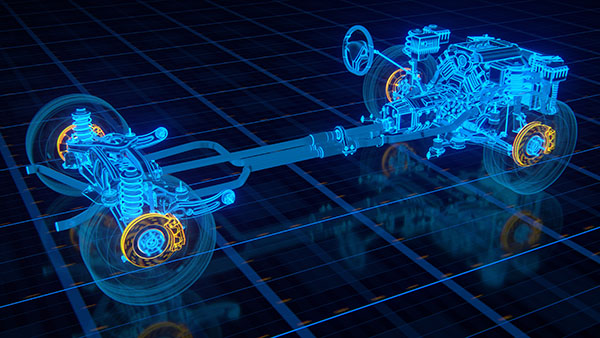
When it comes to vehicle safety, the braking system is a true unsung hero, and at the heart of this system are the brake rotors. Often overshadowed by other car parts, brake rotors play a pivotal role in bringing your vehicle to a halt. Brake Rotors Explained Brake rotors, also known as discs, are robust, flat, and round plates made of high-strength steel. Each rotor is securely mounted to your car's wheel hub, playing a pivotal role every time you need to slow down or stop. When you press the brake pedal, a fascinating process begins: the brake calipers squeeze the brake pads against the rotors. This action creates friction between the pads and the rotors, converting the kinetic energy of your moving vehicle into thermal energy – heat, in simpler terms. This heat and friction cause the wheels to rotate slower, which in turn slows down your car. The effe ... read more
Posted on: 12/25/2023
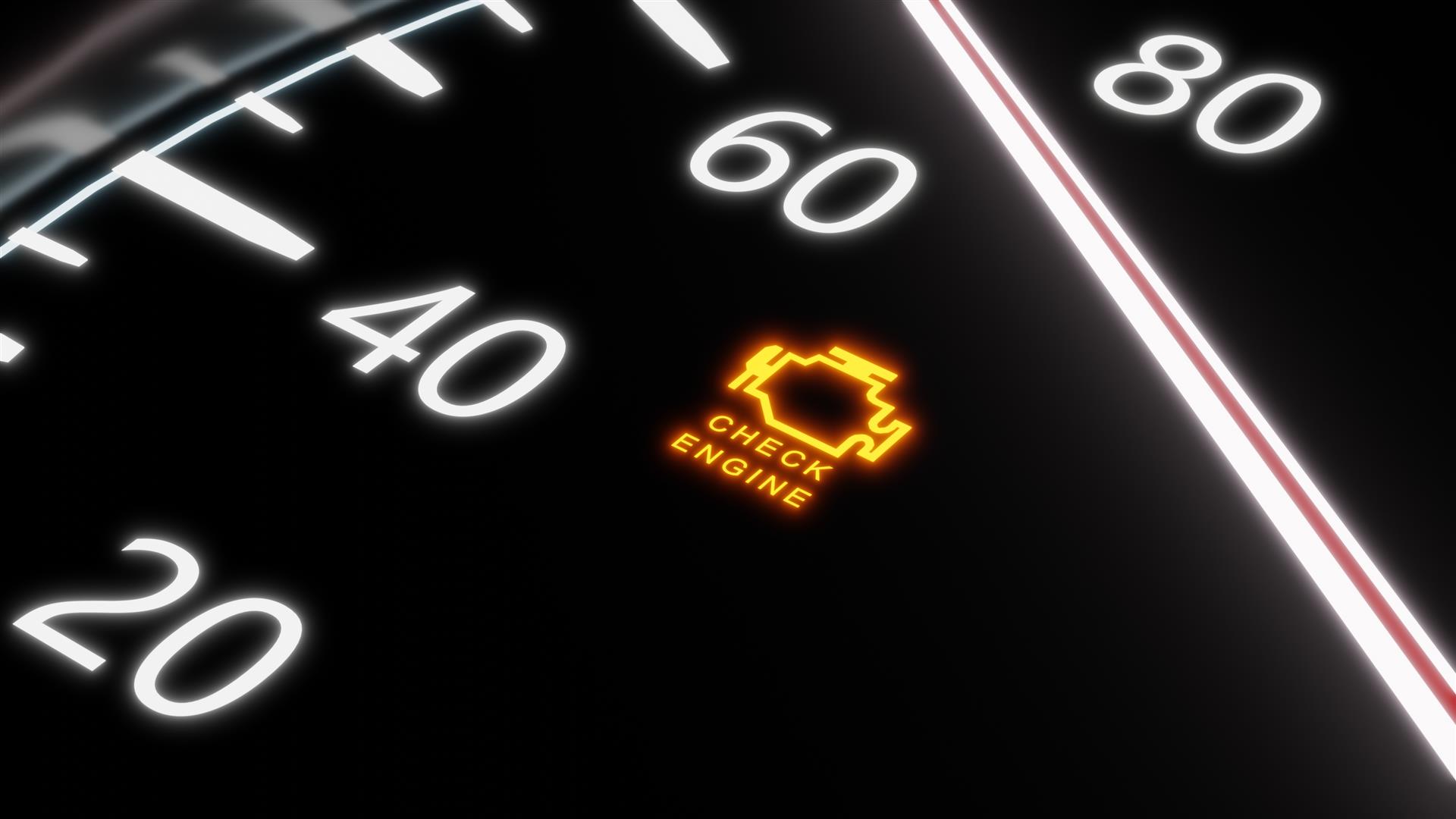
As you slide behind the wheel, ready to go on your daily journey, the last thing you want is to be greeted by the unwelcome flicker of dashboard lights or the silent protest of a dormant engine. Vehicle electrical issues, though often elusive, have a knack for disrupting the smoothness of our daily commutes. Hidden Electrical Components Modern vehicles are a testament to the technological marvels that define our times. From advanced infotainment systems to complex engine management, electronics permeate every aspect of our driving experience. Beneath the surface, a network of silent components powers our cars - alternators generating electricity, batteries storing power, and a myriad of sensors. Common Electrical Issues1. Dead Battery Blues The dreaded silence ... read more
Posted on: 11/28/2023
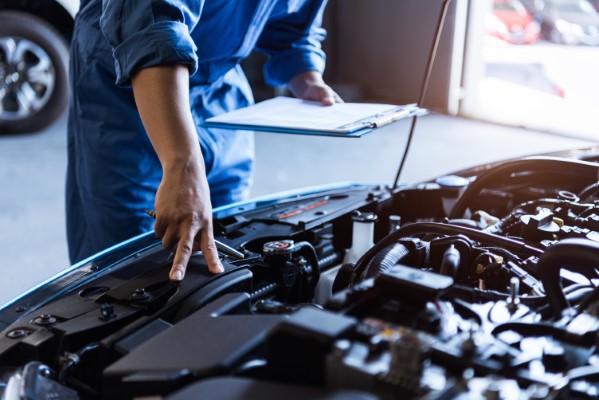
Toyota vehicles are renowned for their reliability and longevity, but like any car, they benefit from regular maintenance to ensure peak performance. Whether you drive a Camry, Corolla, RAV4, or any other model, here are some Toyota-specific maintenance tips to keep your vehicle running smoothly for years to come. 1. Follow the Manufacturer's Maintenance Schedule Toyota provides a comprehensive maintenance schedule in your owner's manual. Adhering to this schedule is crucial for preserving your car's warranty and ensuring that essential components are inspected and serviced at the recommended intervals. 2. Use Genuine Toyota Parts When replacement parts are needed, opt for genuine Toyota parts. These parts are designed specifically for your vehicle, ensuring compatibility and maintaining the high standards set by Toyota for performance and safety. 3. Engine Oil and Filter Changes Making sure you get your oil changed r ... read more
Posted on: 10/27/2023
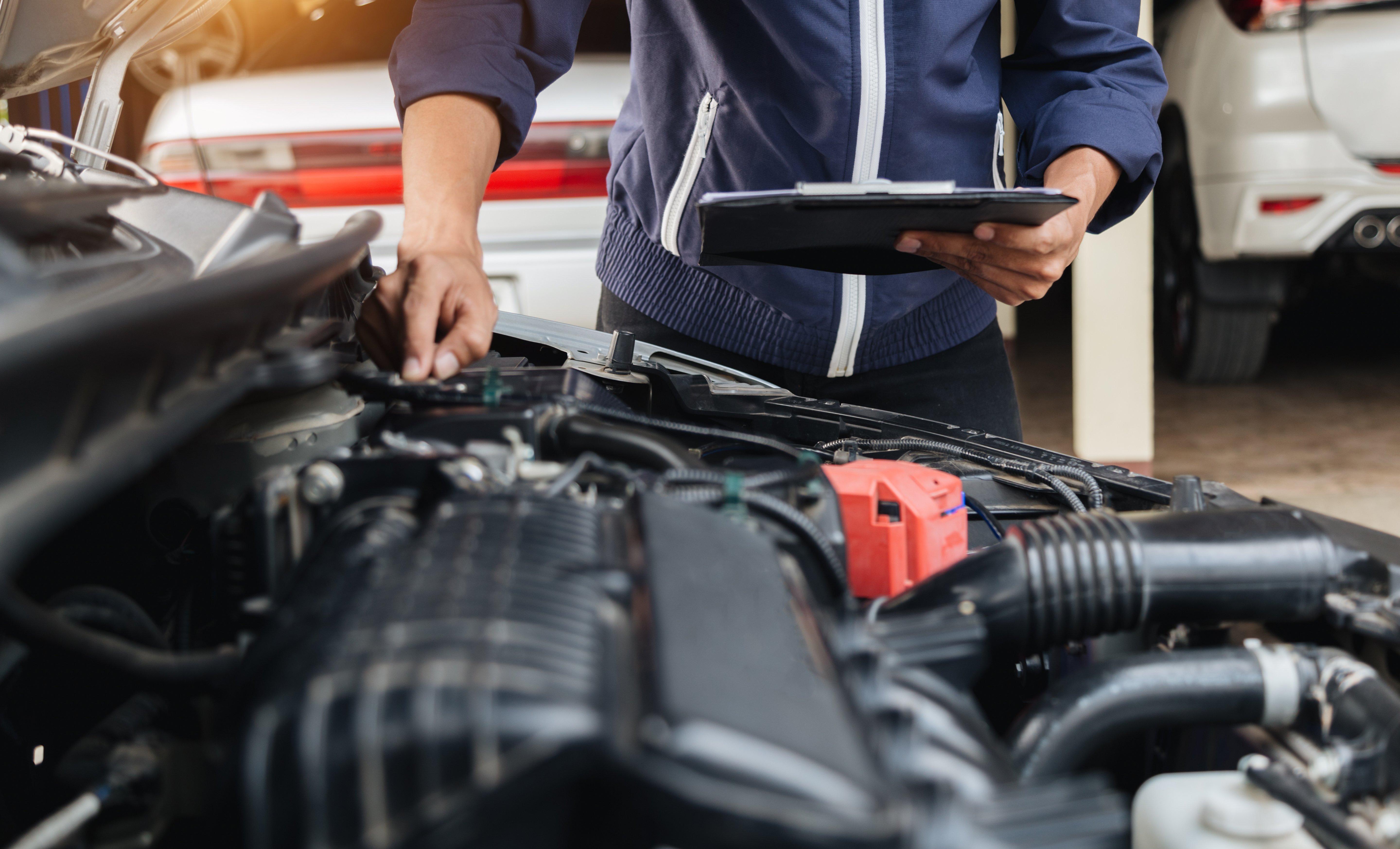
Engines roar to life, tires hum on the pavement, and the world blurs by in a symphony of motion. Behind this adrenaline-fueled dance of machinery, the cooling system plays a silent yet vital role in keeping your car running smoothly. Welcome to a riveting journey where we decode the cryptic language of your vehicle's cooling system, unveiling seven unmistakable signs that demand your attention. Steam Under the Hood Wisps of steam curling from your car's hood or even through the A/C ducts. It's not a mirage; it's a telltale sign that something's awry. When your engine overheats, it can cause coolant to vaporize and escape as steam. Keep your eyes peeled for this otherworldly display. Raise in Temperature Your car's temperature gauge is your secret thermometer. When it starts creeping toward the red zone, it's a chill ... read more